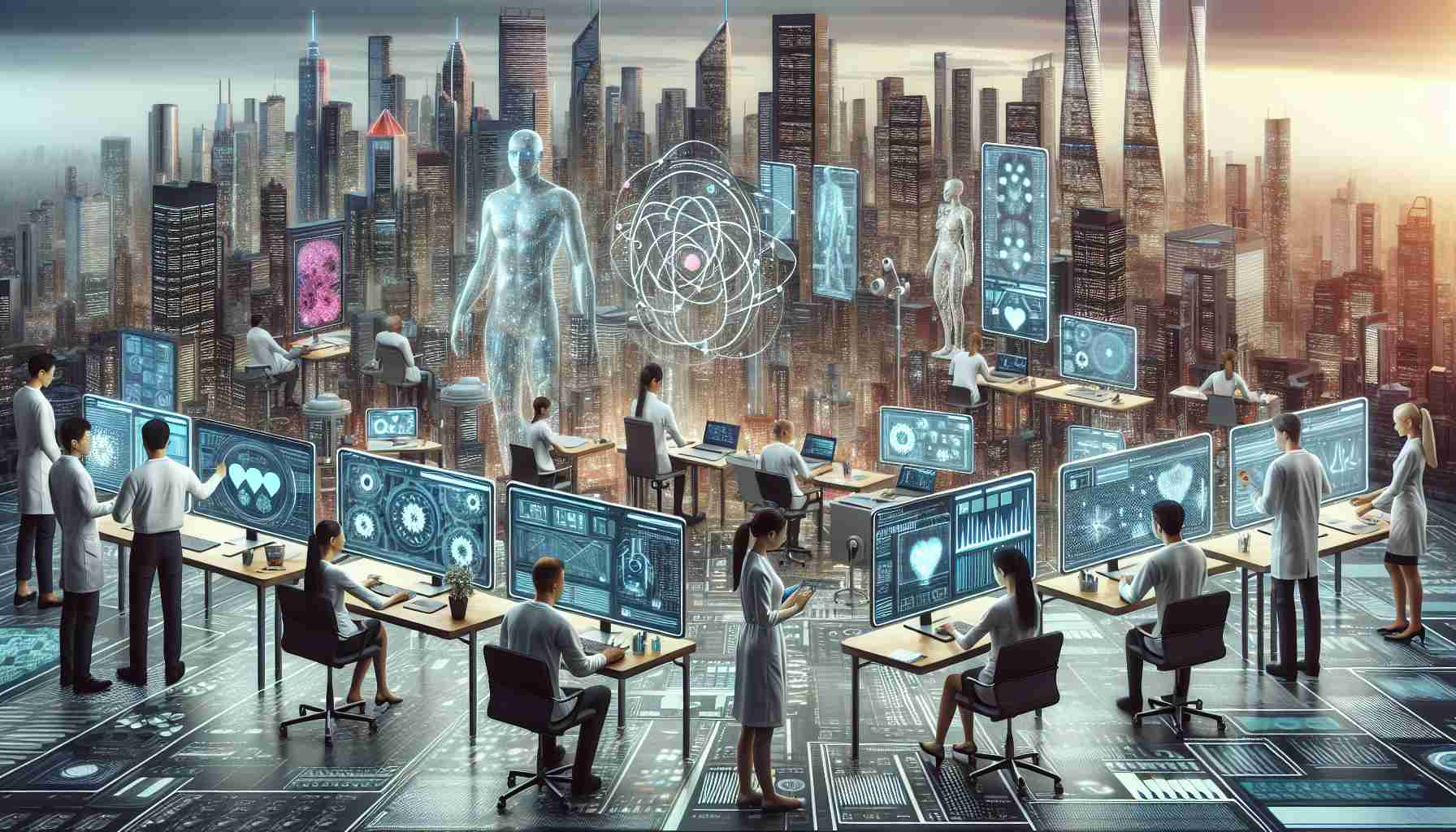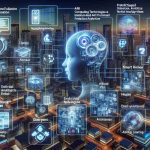A new era of storytelling is on the horizon, where human creativity and artificial intelligence merge to shape compelling narratives. Instead of relying solely on human imagination, researchers are exploring the potential of AI to assist in crafting stories that captivate and inspire. This groundbreaking approach signals a shift towards collaborative storytelling, where authors leverage AI to enhance their creative process.
Breaking away from traditional methods, this innovative study brought together over 300 volunteer storytellers. These individuals, diverse in their backgrounds and experiences, were tasked with weaving tales within specific themes. Some participants received no AI assistance, while others were guided by AI-generated story ideas. The results were astounding, showcasing a symbiotic relationship between human authors and AI suggestions.
While AI proved to enhance individual creativity and the allure of stories by 10% and 22% respectively, there was a notable downside. Stories crafted with AI assistance exhibited striking similarities, raising concerns about creative autonomy and originality. Researchers warn of the potential dangers of overreliance on AI tools, emphasizing the importance of honing fundamental storytelling skills before integrating AI support.
As we embrace this fusion of human ingenuity and technological innovation, the narrative landscape is set to evolve, offering limitless possibilities for collaborative storytelling. By embracing the unique strengths of both humans and AI, we embark on a journey towards a future where creativity knows no bounds.
The Future of Collaborative Storytelling: Exploring Uncharted Territories
As we delve deeper into the realms of collaborative storytelling, key questions arise regarding the dynamic interplay between humans and AI in crafting narratives. One crucial query is how to maintain a balance between AI assistance and human creativity to ensure that stories remain authentic and original. Can AI truly understand the intricacies of human emotions and experiences to contribute meaningfully to storytelling endeavors?
Innovations in collaborative storytelling also raise concerns about privacy and data security. How can sensitive information shared during the storytelling process be protected from exploitation or misuse? What measures need to be in place to safeguard the intellectual property rights of creators working in tandem with AI systems?
One of the major challenges associated with collaborative storytelling is navigating the ethical implications of AI involvement in creative processes. Are there potential biases embedded in AI algorithms that could impact the diversity and inclusivity of narratives produced collaboratively with humans? How can we address these biases to ensure fair representation and authentic storytelling experiences for all?
Advantages of integrating AI into storytelling processes include the ability to generate novel ideas, suggest innovative plot twists, and accelerate the creative brainstorming process. AI tools can also assist in organizing complex story structures, enhancing coherence, and streamlining the editing and revision stages. By tapping into AI technologies, creators can explore uncharted narrative possibilities and push the boundaries of traditional storytelling conventions.
However, a significant disadvantage of overreliance on AI in collaborative storytelling is the risk of homogenization and loss of individual voice. When stories are heavily influenced by AI-generated ideas, there is a potential for narratives to become formulaic and devoid of the distinctive flair that human authors bring to their work. Maintaining a fine balance between leveraging AI support and preserving creative autonomy is crucial to ensure that collaborative storytelling remains authentic and captivating.
In conclusion, the dawn of collaborative storytelling presents a fascinating fusion of human imagination and technological advancement. The challenges and controversies surrounding this evolving landscape prompt us to critically examine the implications of AI integration in creative endeavors. By addressing key questions, navigating challenges, and leveraging the advantages while mitigating the disadvantages, we can pave the way for a future where humans and AI harmoniously join forces to craft compelling narratives that resonate with audiences worldwide.
For more insights on the intersection of technology and storytelling, visit Storytelling.com.






















